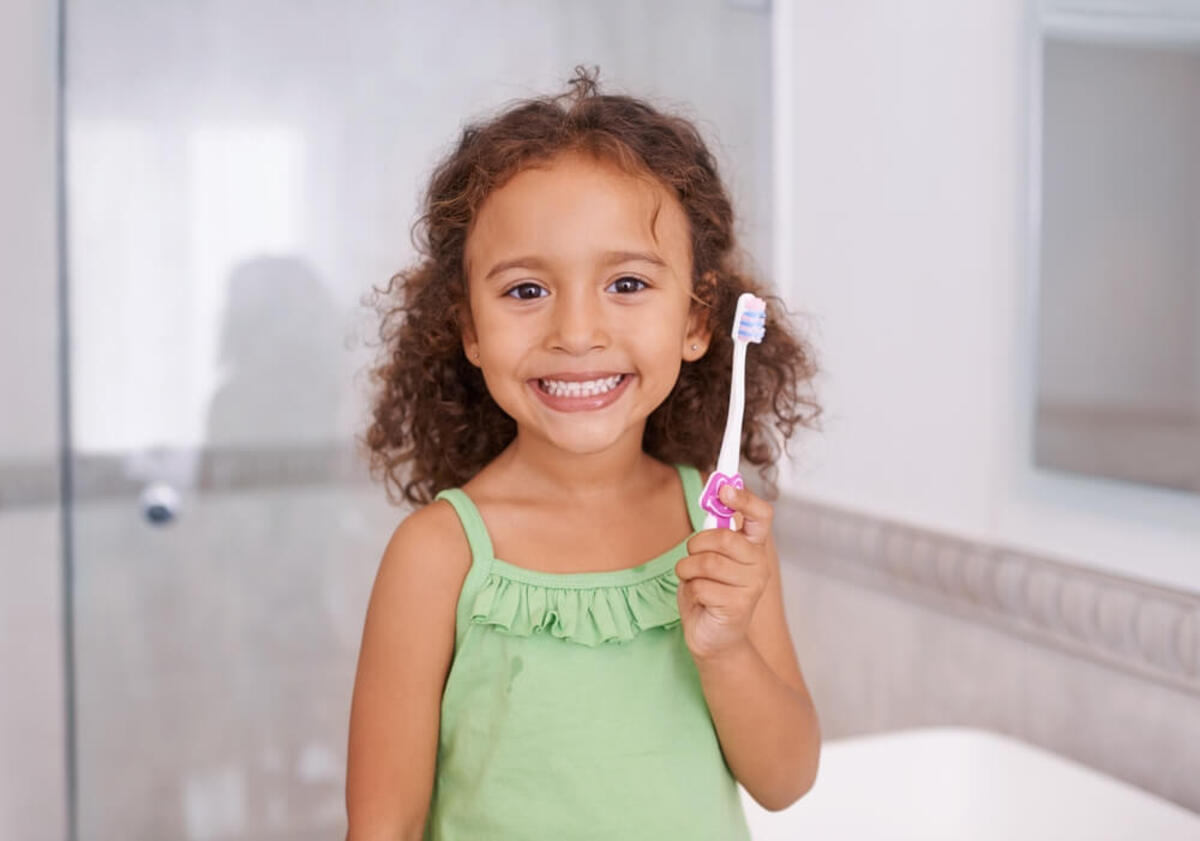When your child’s baby teeth start to fall out, it can feel like a major milestone. But what happens when those long-awaited adult teeth start coming in crooked? If you’ve noticed your child’s permanent teeth coming in crooked, at odd angles, or in the wrong spot, you’re not alone. This is a common concern among parents, and thankfully, there’s a lot you can do to support your child’s oral development.
In this blog, we’ll explore the reasons behind crooked permanent teeth, what signs to watch out for, and how orthodontic treatment and good oral habits can help. Whether it’s a slightly rotated front tooth or a more noticeable misalignment, understanding what’s going on can help you make the best decisions for your child’s dental health.
What Should Permanent Teeth Look Like When They Come In?
Some mild crowding or overlap can be part of the normal process. But when permanent teeth are coming in crooked and remain that way over time, it may point to underlying issues that need attention.
Why Do Permanent Teeth Come In Crooked?
Several factors can influence whether your child’s permanent teeth come in straight or crooked. Here are some of the most common reasons:
1. Baby Teeth Hanging Around Too Long
Sometimes, a baby tooth does not fall out when it should, forcing the permanent tooth to find a new path. This often results in a permanent tooth coming in at an odd angle or even behind or in front of the baby tooth.
2. Thumb Sucking and Other Oral Habits
Thumb sucking, tongue thrusting, and prolonged pacifier use can affect the shape of your child’s jaw and the alignment of their teeth. These habits, especially after age 4, can lead to open bites, crowded teeth, or misaligned front teeth.
3. Not Enough Room in the Jaw
If your child’s jaw is too small or narrow, there simply might not be enough space for all the new teeth. This can cause the adult teeth to twist, overlap, or erupt in the wrong spot.
4. Genetics and Family History
If you or someone in your family had crooked teeth or needed braces, your child may inherit similar traits. Jaw size and tooth size can be passed down, increasing the chances of crowding or misalignment.
5. Poor Dental Hygiene
While tooth decay may not directly cause misalignment, severe decay or early loss of baby teeth can affect how permanent teeth come in. Maintaining good oral hygiene and regular dental visits helps preserve space in your child’s mouth for proper development.
What Are the Signs to Watch For?
Here are some signs that your child’s new permanent teeth may need a closer look:
- Adult teeth erupt before baby teeth fall out
- Teeth visibly overlapping or twisted
- Large gaps or crowding between teeth
- Jaw pain or difficulty chewing
- Speech issues like lisps
- Misaligned bite (open bite, crossbite, or overbite)
- Trouble brushing or flossing due to awkward positioning
If you spot any of these issues, it’s a good idea to consult a dentist early on.
Can Crooked Permanent Teeth Straighten Themselves?
However, teeth that are significantly out of place or causing functional issues usually won’t self-correct. That’s where early orthodontic treatment can make a big difference.
What Can Parents Do to Help?
Catching dental issues early can make a big difference in your child’s oral health journey. While some misalignments correct themselves over time, others may need a little guidance. As a parent, there are several simple yet powerful ways you can support your child as their permanent teeth come in.
1. Encourage Good Oral Hygiene
Brush twice a day, floss daily, and schedule regular dental visits. Healthy gums and baby teeth are crucial to guiding new teeth into their correct positions.
2. Watch for Harmful Habits
Discourage thumb sucking, tongue thrusting, or prolonged pacifier use beyond age 4. Your child’s dentist can offer strategies to break these habits early.
3. Schedule an Orthodontic Evaluation
The Australian Society of Orthodontists recommends that children have their first orthodontic evaluation around age 7. Even if treatment isn’t needed right away, early monitoring helps plan the best time to act.
4. Get X-rays if Needed
Dental X-rays can reveal problems below the surface, like impacted teeth, jaw growth issues, or a permanent tooth growing in the wrong spot. These insights help create a tailored treatment plan.
What Are the Treatment Options?
If your child does need help straightening their teeth, there are several options available, depending on their age, the severity of misalignment, and overall oral health.
Traditional Braces
Metal braces are a tried-and-true method to straighten crooked permanent teeth. They’re effective for complex alignment issues and can be used in children and teens.
Lingual Braces
These braces are attached to the back of the teeth, making them less visible. They’re a discreet option but may not be suitable for every child.
Early Orthodontic Intervention
Also known as interceptive orthodontics, this approach addresses issues early on, sometimes before all the adult teeth have erupted. Space maintainers, expanders, or partial braces may be used to guide teeth into better positions as they grow.
What Happens If Crooked Teeth Are Left Untreated?
Crooked adult teeth can lead to more than just cosmetic concerns. Misaligned teeth can cause:
- Excess wear on enamel
- Difficulty cleaning, leading to plaque buildup and gum disease
- Jaw pain or temporomandibular joint (TMJ) problems
- Trouble chewing and speech difficulties
- Lower self-esteem or confidence in social settings
By addressing the issue early, you can support not only your child’s smile but also their long-term dental health and comfort.
Final Thoughts: Support Your Child’s Smile From the Start
Seeing your child’s permanent teeth coming in crooked can be concerning, but it’s often manageable with early intervention and good habits. Whether it’s monitoring baby teeth, correcting oral habits, or starting orthodontic care, there are many ways to guide your child toward a straighter, healthier smile.
Remember, regular dental visits, good oral hygiene, and early attention to oral habits are key to supporting your child’s oral development. If you’re ever unsure about the way your child’s new teeth are growing in, don’t hesitate to contact Lyndarum Family Dentist at (03) 9626 9581. A timely evaluation can prevent bigger dental health problems later on.
By staying proactive, you’ll give your child the best chance at healthy, confident teeth that last a lifetime.
References
Cleveland Clinic. (n.d.). Oral hygiene. https://my.clevelandclinic.org/health/treatments/16914-oral-hygiene
Healthline. (n.d.). Crooked teeth: Causes, concerns, and treatments. https://www.healthline.com/health/dental-and-oral-health/crooked-teeth
American Dental Association. (n.d.). X-rays (radiographs). https://www.ada.org/resources/ada-library/oral-health-topics/x-rays-radiographs











